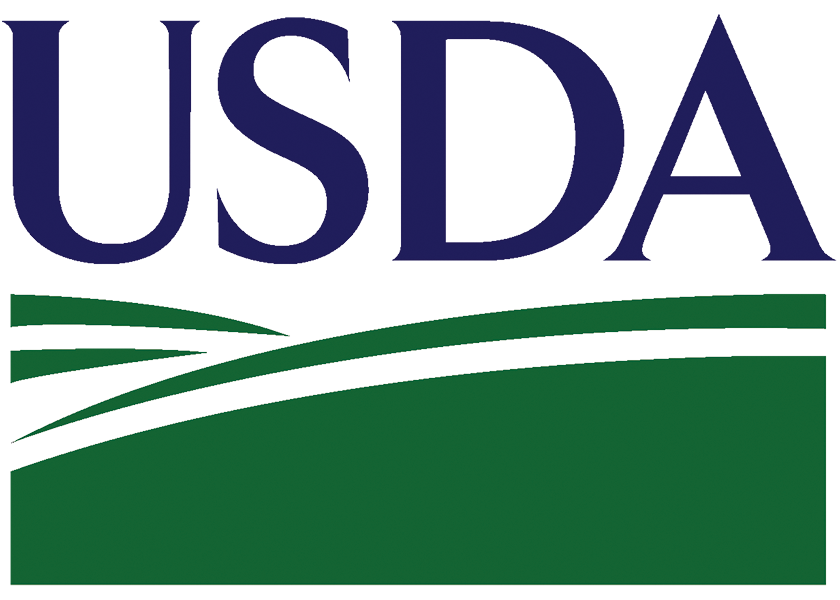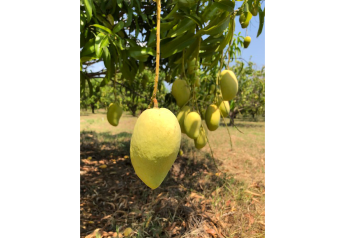USDA establishes a new Mexican fruit fly quarantine in Zapata County, Texas and expands quarantine areas in Cameron and Hidalgo counties

On March 22, 2022, the USDA’s Animal and Plant Health Inspection Service (APHIS) and the Texas Department of Agriculture (TDA) established a new Mexican fruit fly (Mexfly) quarantine in Zapata, Zapata County, Texas, and expanded the Brownsville and Harlingen quarantine areas in Cameron County.
On March 30, APHIS and TDA expanded the Palmview quarantine area in Hidalgo County.
APHIS and TDA established the Zapata quarantine following the confirmed detection of a mature mated female Mexfly from a trap in a grapefruit tree in a residential area. The Zapata quarantine area encompasses 57.5 square miles with no commercial citrus.
APHIS and TDA expanded the Brownsville quarantine area following the confirmed detection of two larval sites in residential citrus. The Brownsville quarantine area expanded from 126.21 sq. mi. to 132.16 sq. mi.; the expansion did not add commercial citrus acreage.
APHIS and TDA expanded the Harlingen quarantine area following the confirmed detections of three larval sites in residential citrus. The Harlingen quarantine area expanded from 170.35 sq. mi. to 190.44 sq. mi.; the expansion did not add commercial citrus acreage.
On March 30, APHIS and TDA expanded the Palmview quarantine area following the confirmed detection of five adult Mexflies from traps in various citrus trees in residential areas. The Palmview quarantine area expanded from 62.61 sq. mi. to 162.68 sq. mi.; the affected commercial citrus acreage increased from 1,155.7 acres to 2,809.3 acres.
APHIS and TDA established the original Cameron County quarantine following the confirmed detections of 80 adult Mexflies and 14 Mexfly larval sites in citrus from various residential areas and two commercial groves between January 14 and February 3, 2020. APHIS works cooperatively with TDA to eradicate transient Mexfly populations through various control actions per program protocols and in applying safeguarding measures and restrictions on the interstate movement or entry into foreign trade of regulated articles from these areas. These actions are necessary to prevent the spread of Mexfly to non-infested areas of the United States.
The following website contains a description of all the current Federal fruit fly quarantine areas:
http://www.aphis.usda.gov/plant-health/ff-quarantine
For additional information on the Mexfly quarantine area, please contact Fruit Fly National Policy Manager, Richard Johnson, at (301) 851-2109 or richard.n.johnson@usda.gov.







